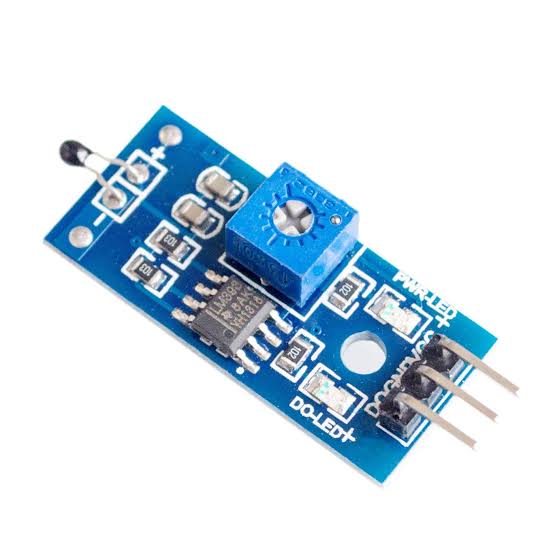What Is a Temperature Sensor?
The most commonly used type of sensors is those types of sensors that detect Temperature or heat.
The most common sort of temperature sensor may be a thermometer, which is employed to live the temperature of solids, liquids, and gases. it’s also a standard sort of temperature sensor mostly used for non-scientific purposes because it’s not so accurate.
A temperature sensor consists of two basic physical types:
- Contact Temperature Sensor Types: These types of temperature sensors are required to be in physical contact with the object being sensed and use conduction to monitor changes in temperature. They can be used to detect solids, liquids or gases over a wide range of temperatures.
- Non-contact Temperature Sensor Types: These types of temperature sensors use convection and radiation to monitor changes in temperature. They can be used to detect liquids and gases that emit radiant energy as heat rises and cold settles to the bottom in convection currents or detect the radiant energy being transmitted from an object in the form of infra-red radiation (the sun).
Semiconductor Sensors
Semiconductor sensors are the devices that are available to the shape of ICs. Popularly, these sensors are referred to as an IC temperature sensor. they’re classified into different types: Current output temperature sensor, Voltage output temperature sensor, Resistance output silicon temperature sensor, Diode temperature sensors, and Digital output temperature sensor. Present semiconductor temperature sensors offer high linearity and high accuracy over an operating range of about 55°C to +150°C. However, AD590 and LM35 temperature sensors are the foremost popular temperature sensors.
Features
- Unique 1-Wire® Interface Requires Only One Port Pin for Communication
- Reduce Component Count with Integrated
- Temperature Sensor and EEPROM
- Measures Temperatures from -55°C to +125°C (-67°F to +257°F) ±0.5°C Accuracy from -10°C to +85°C
- Programmable Resolution from 9 Bits to 12 Bits
- No External Components Required
- Parasitic Power Mode Requires Only 2 Pins for Operation (DQ and GND)
- Simplifies Distributed Temperature-Sensing Applications with Multidrop Capability
- Each Device Has a Unique 64-Bit Serial Code Stored in On-Board ROM
- Flexible User-Definable Nonvolatile (NV) Alarm Settings with Alarm Search Command Identifies Devices with Temperatures Outside Programmed Limits.
Read more Microcontroller Sensors
- Ultrasonic Distance Sensor
- IR Sensor
- Passive Infrared Sensor PIR
- Soil Hygrometer Detection Sensor
- Microphone Sensor
- Light Detection Resistor Sensor LDR
- Rotary Encoder Sensor
- Gas Sensor
- Force Sensor
- Humidity Rain Detection Sensor
- Accelerometer Sensor
- Temperature Humidity Sensor
- RF Transmitter Receiver
- Barometric Pressure Sensor
- Flame Sensor
